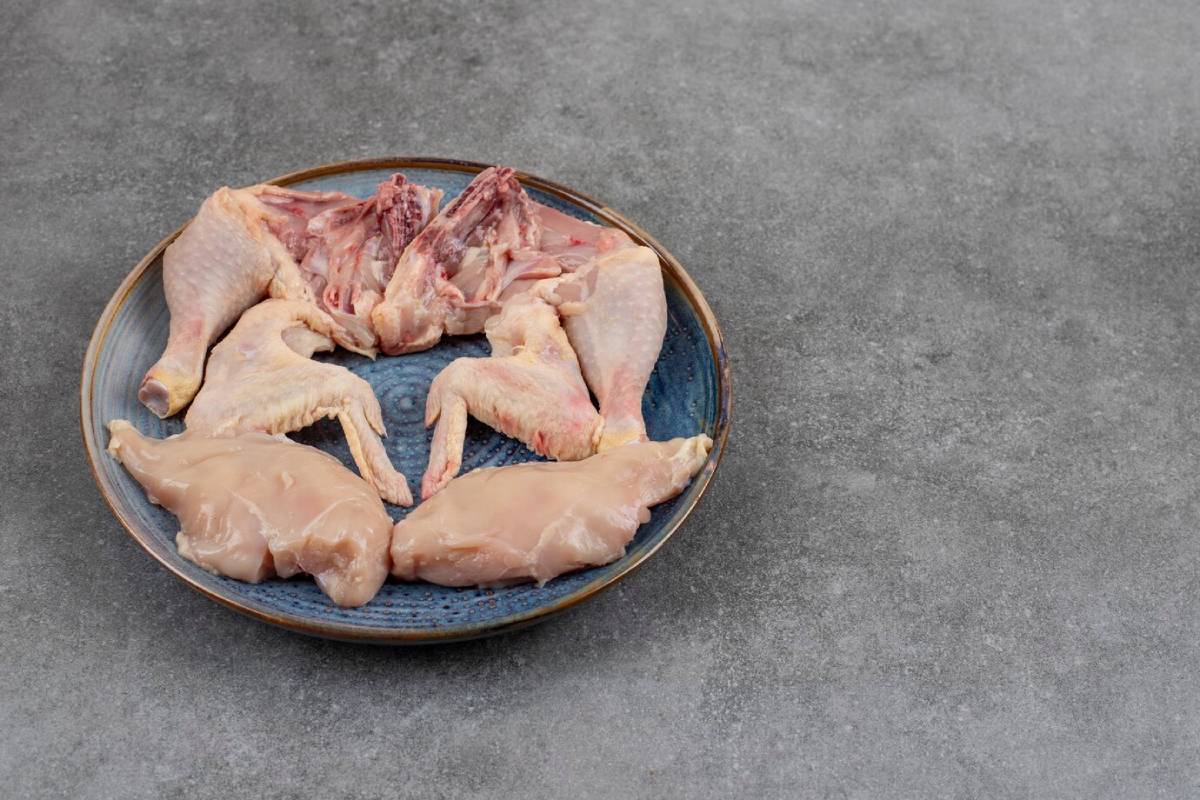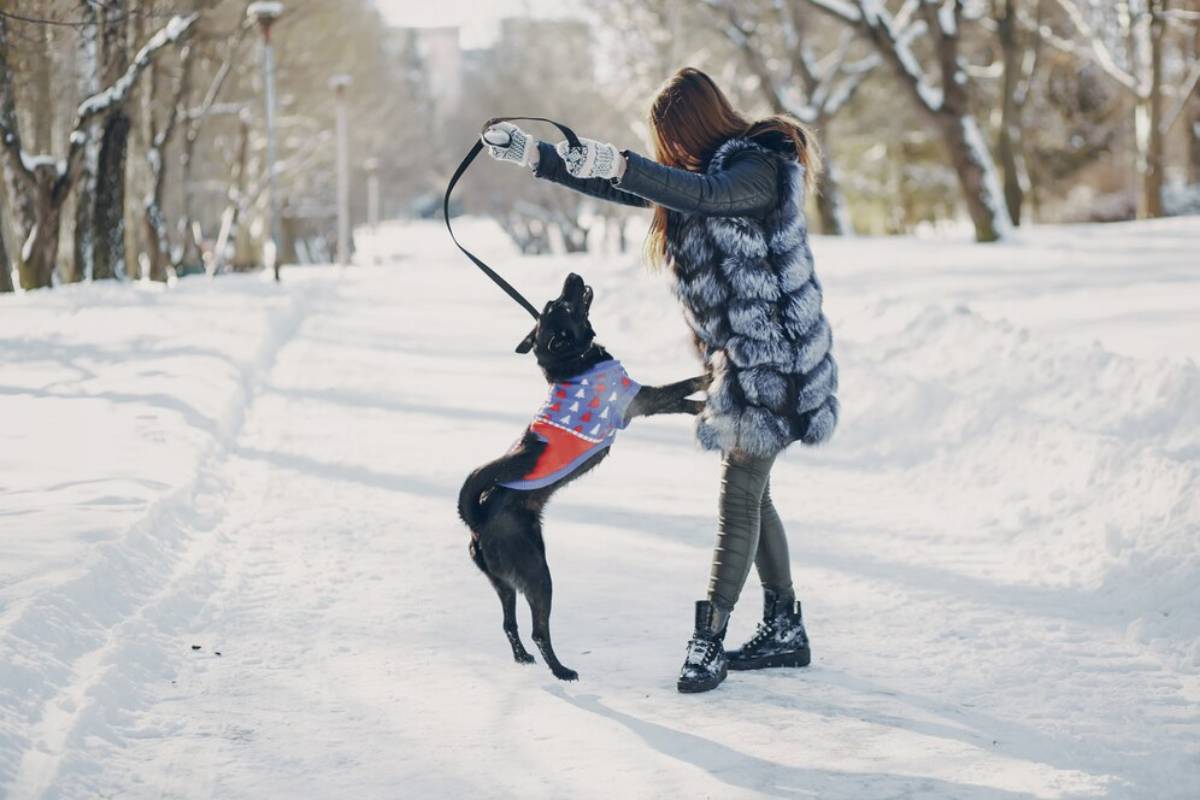
Winter Dog Food: Warming Recipes for Cold Months
As the temperatures drop, our routines shift. We swap salads for stews, spend more time indoors, and dress in layers to fight off the cold. But have you ever stopped to think how winter affects your dog?
Just like us, dogs feel the impact of the changing seasons — especially when it’s cold, wet, and grey outside. Energy needs can rise, digestion may slow, and older dogs might feel their joints a bit more. And while pulling on a cosy jumper helps us, our canine companions benefit most from thoughtful changes to their seasonal dog nutrition.
This article explores practical, nourishing, and homemade winter dog food options packed with warming ingredients. Whether your dog is bounding through frosty fields or curling up by the fire, these recipes support their health, warmth, and well-being all season long. By the end, you’ll know which foods to feed, why they matter, and how to prepare meals your dog will genuinely look forward to.
Why Your Dog’s Diet Should Change in Winter
Dogs, especially those that are active or live in colder climates, may require extra calories during winter to maintain their core body temperature. Even indoor dogs can benefit from warming meals that boost digestion and comfort.
Key seasonal changes that impact dogs:
- Increased energy expenditure (particularly for active or working breeds)
- Stiffer joints due to cold weather
- Weaker immunity during the winter months
- Sluggish digestion or decreased gut efficiency
- Dry skin and dull coat due to indoor heating and colder air
A warming dog meal isn’t just about temperature — it’s about selecting ingredients that support internal warmth, immunity, and digestion.
Understanding “Warming” Foods for Dogs
In holistic veterinary practice, particularly Traditional Chinese Veterinary Medicine (TCVM), foods are classified based on their energetic properties: warming, neutral, or cooling.
During winter, it’s best to lean into warming foods that:
- Stimulate circulation and metabolism
- Support joint and muscle comfort
- Boost energy and immune defence
Common warming foods suitable for dogs:

- Lamb and chicken – nutrient-dense and naturally warming
- Sweet potatoes and squash – easy to digest, high in fibre
- Oats and barley – hearty grains that warm from the inside out
- Ginger and turmeric – natural anti-inflammatories that support joints
- Coconut oil – adds calories and supports healthy skin and coat
These ingredients form the backbone of winter dog food recipes that nourish and comfort.
Homemade Winter Dog Food Recipes
Let’s get to the good part — the food! Below are three warming recipes you can make at home, using wholesome, accessible ingredients tailored for winter wellness.
Recipe 1: Hearty Lamb & Root Veg Bowl
Best for: Active dogs and those needing extra calories
Prep Time: 30 minutes
Storage: Keeps in fridge for 3–4 days or freeze in meal portions
Ingredients:
- 500g ground lamb
- 1 small sweet potato (peeled and cubed)
- 1 carrot (diced)
- ½ cup cooked brown rice
- 1 tbsp coconut oil
- ½ tsp ground turmeric
Instructions:
- Brown the lamb in a pan until fully cooked, and drain the excess fat.
- Boil sweet potato and carrot until soft, then mash lightly.
- Stir in rice, turmeric, and coconut oil.
- Allow to cool before serving.
Tip: Add a splash of warm bone broth for an extra boost of flavour and hydration.
Recipe 2: Chicken & Oat Comfort Stew
Best for: Dogs with sensitive tummies or older joints
Prep Time: 25 minutes
Ingredients:
- 300g boneless chicken thighs (skin removed)
- ½ cup oats
- 1 cup chopped kale or spinach
- 1 parsnip (peeled and diced)
- 1 tsp grated ginger
- 3 cups water or low-sodium chicken broth
Instructions:
- In a large pot, bring water or broth to a boil.
- Add chicken, parsnip, oats, and ginger. Simmer until tender.
- Stir in leafy greens last and cook for 3–5 minutes.
- Shred chicken, mix well, and let cool before serving.
Note: Ginger supports digestion and circulation, especially in older dogs.
Recipe 3: Baked Pumpkin & Turkey Patties
Best for: Mid-day snacks or dinner toppers
Prep Time: 15 mins (+20 mins baking)
Ingredients:
- 250g ground turkey
- ½ cup cooked pumpkin
- 1 egg
- ¼ cup oat flour (or finely ground oats)
- 1 tbsp finely chopped parsley
Instructions:
- Preheat oven to 180°C (160°C fan).
- Mix all ingredients into a dough-like consistency.
- Shape into small patties and place on a lined baking tray.
- Bake for 20 minutes or until golden.
Bonus: These freeze well and double as training treats.
Supplement Tips for Winter Wellness
Even with the best food, supplements can provide additional support when used responsibly.
Consider adding:

- Fish oil (omega-3s for dry skin and inflammation)
- Joint supplements (glucosamine, chondroitin)
- Probiotics (to support digestion during seasonal changes)
Always check with your vet before adding new supplements, especially if your dog has existing conditions or is on medication.
Winter Feeding Tips: Keep it Safe and Balanced
Preparing food at home gives you control, but it also comes with responsibility. Here are key safety pointers:
- Avoid toxic foods like onions, garlic, grapes, and chocolate
- Cook all animal proteins thoroughly
- Limit fats for dogs prone to pancreatitis
- Stick to portion guidelines to avoid weight gain during inactivity
- Consult your vet for dietary planning, especially for dogs with medical needs
Not sure where to start?
Begin with a simple swap, like adding a spoonful of cooked sweet potato to your dog’s existing food. Watch how they respond before committing to a full homemade diet.
Signs Your Dog Is Thriving on Winter Meals

Here’s what to look for when your seasonal dog diet is hitting the right notes:
- Increased energy, even on cold mornings
- Fewer joint stiffness complaints (especially in older dogs)
- Healthy stools and steady weight
- A shiny coat and itch-free skin
On the flip side, keep an eye out for changes in behaviour, appetite, or digestion that might suggest an ingredient isn’t agreeing with your pup.
Warm Their Belly, Warm Their Heart
Winter is a season of stillness, comfort, and warmth. And your dog deserves to experience all three — especially at mealtimes. By choosing the right foods and making small, intentional changes to their diet, you’re helping them stay energised, balanced, and cosy through the chilliest months of the year.
You don’t need to be a master chef or nutritionist. Just a few extra minutes in the kitchen, a mindful selection of warming ingredients, and a whole lot of love can make a world of difference to your dog’s day.
Try one of the recipes above and see how your dog responds! Have your own go-to winter dog food ideas? Share them in the comments — we love learning from fellow dog lovers. Or sign up for our seasonal pet nutrition tips and never miss a paw-some update!


